Indian traditional game (Old memories)
Hello every one how are you ?
In this post I introduce some indian traditional game now this day I very miss this all game
Traditional Indian Games That the Internet Generation Kids Don’t Know About
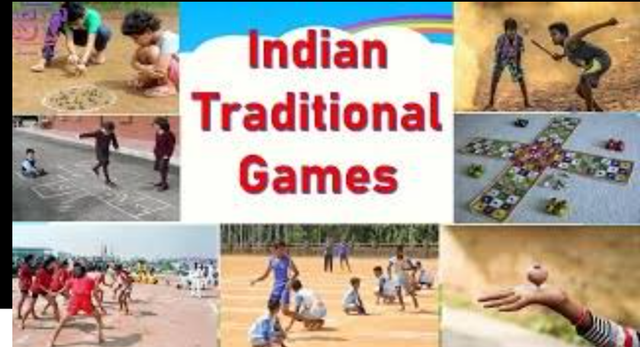
➡️ Chaupar/Pachisi
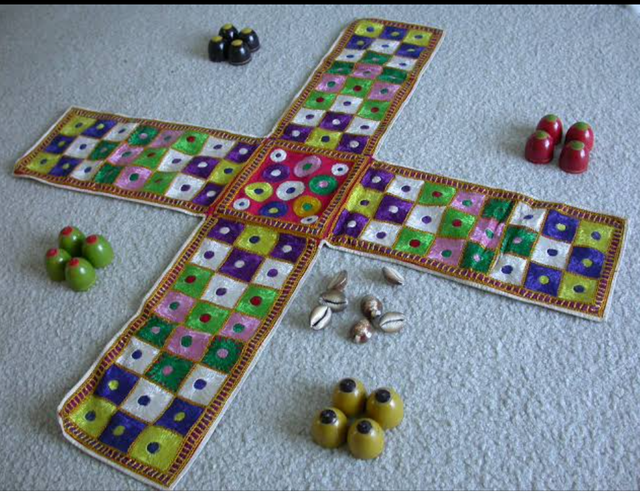
Pic source -
https://images.app.goo.gl/tQuivGC4quhFZcgdA
Pachisi, a board game, was quite popular in ancient India. The game finds its mention in the Mahabharata. Akbar and his descendants also played this game. It involves two to four players who strategise their pawn’s moves on a piece of cloth designed in the shape of a symmetrical cross to win the game.
Chaupar is also a board game which was invented around the 4th century. It includes two to four players who use cowry shells and wooden pawns to plan their manoeuvres and win the game. The contemporary version of Pachisi/Chaupar is Ludo which you might have played in your childhood.
➡️ Lattoo
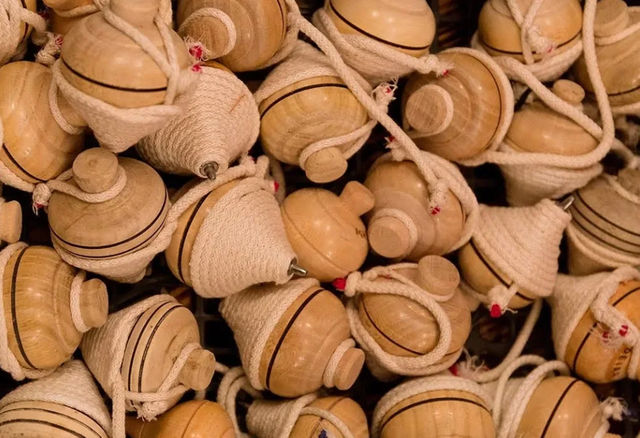
Pic source -
https://images.app.goo.gl/wXZouZJDLcFRiSAP7
Spinning top or Lattoo is a popular game in Indian villages even today. This simple game has been in existence since 3500 BC. At the beginning, tops were made of clay. Later, wooden tops began to be used. Today, coloured and designer tops are also available. There is a string which helps to spin the top and also to lift up the spinning Lattoo. Two or more players can play this game. All the players wrap their tops with the string and then unwind it by pulling the string, making the top rotate on the ground. The players need to pick the top with the string as fast as they can. The player whose top spins the longest is declared the winner.
➡️ Nondi/Hopscotch
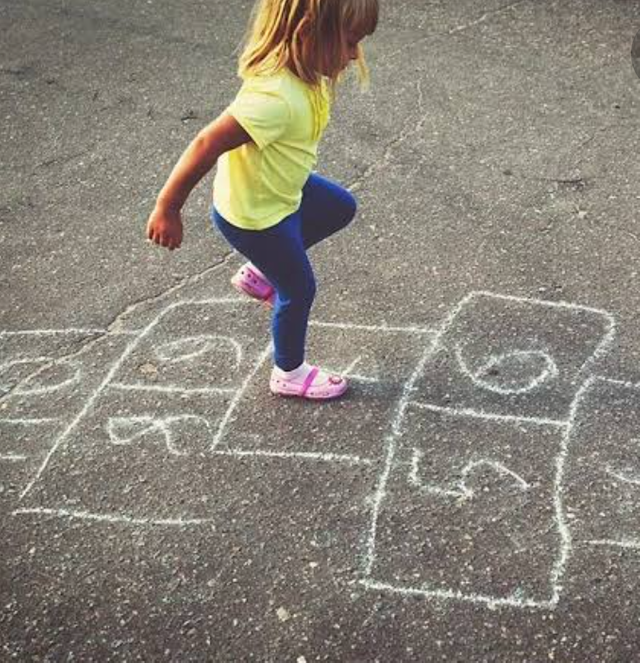
Pic source -https://images.app.goo.gl/Txkyy7uQL5LcvT8s6
This hopping game, also called Stapoo, is a popular outdoor game. In Tamil Nadu, it goes by the name Nondi. The game involves drawing a grid on the ground and numbering it. Players take turns and throw an object, usually a small stone, onto the numbered blocks. They have to hop across the blocks to pick up the object jumping on one/two legs to finish the lap, taking care not to step on the border lines. It is a group game.
➡️ Gilli Danda/Lippa
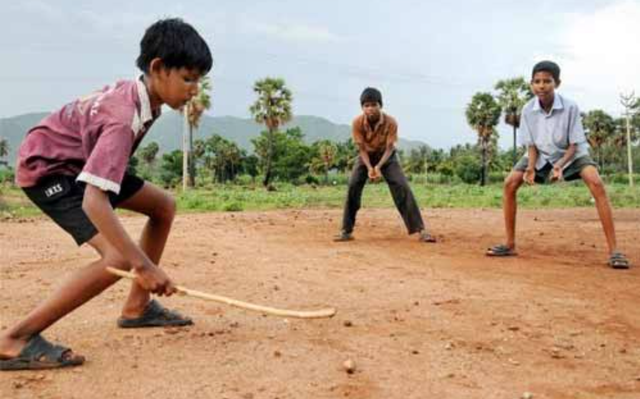
Pic source -https://images.app.goo.gl/nfyLabx2aiRyNv2V8
Gilli Danda is an older version of modern-day baseball and cricket. Its fame once matched that of cricket in India. All it requires is two unevenly sized sticks. The smaller stick is called the Gilli and the longer one which is used to strike the Gilli is called the Danda. The objective is to flip the Gilli into the air with the Danda. While the Gilli is in the air, the player must hit it with the Danda as far as possible. The player also needs to run to touch a pre-decided point before the opponent can lay his hands on the Gilli. It can be played by many people at the same time.
➡️ Kabbadi
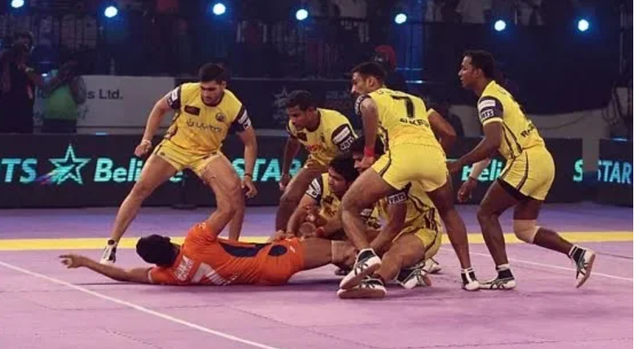
Pic source -https://images.app.goo.gl/gGJk3AovzDVfrzBh6
Now we called this game pro kabbadi
Kabbadi is a team sport which requires no equipment, only agility and strength. It originated in India and is now played globally. Kabbadi in Hindi means holding the breath. Players form two teams with 7 to 12 members each. Players of one team have to break-in the opposing team’s area. While doing so, they need to try and touch as many opposing players as they can. The ‘touched’ players are declared out. The team with the least number of players at the end of the game is declared the winner.
➡️ Satoliya/Pithoo/Lagori
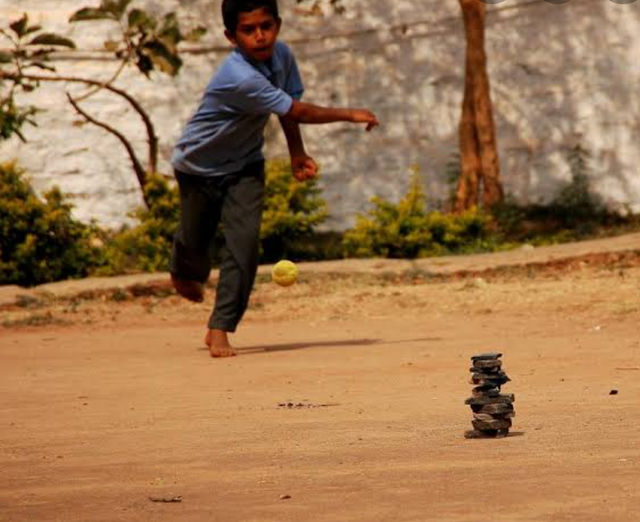
Pic source -https://images.app.goo.gl/avw43EC1vqJhKtkYA
Satoliya/Pithoo/Lagori is basically seven stones. It originated in India and has found its way to other places. It involves a ball and a pile of stones, usually seven. There are two teams of players. One player of the attacking team needs to strike the pile of stone with the ball to knock them over in three shots. Then the whole team has to try and restore the pile before being hit by the ball and declared ‘out’.
➡️ Kho Kho
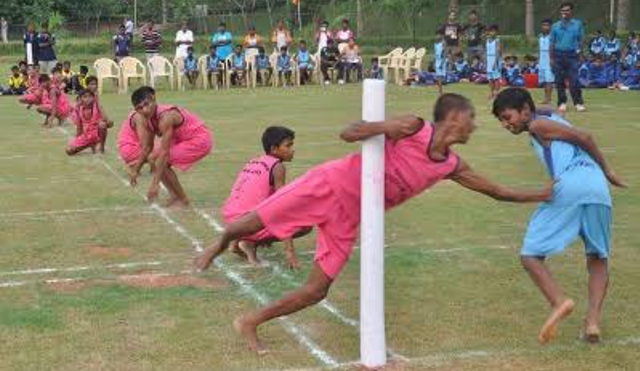
Pic source -https://images.app.goo.gl/DggvrjVyU65tsBVw9
Kho Kho is a team game which started in India. It gained popularity in 1935 when its rules were brought out by the Akhil Maharashtra Shareerika Shikshan Mandal. It comprises of two teams with nine participants each. Members of the chasing team sit on the ground in a straight row with alternative players positioned in opposite directions. The chasers have to catch the opposing team members before the stipulated time is over.
➡️ Hide and Seek/Chhupam Chhupai
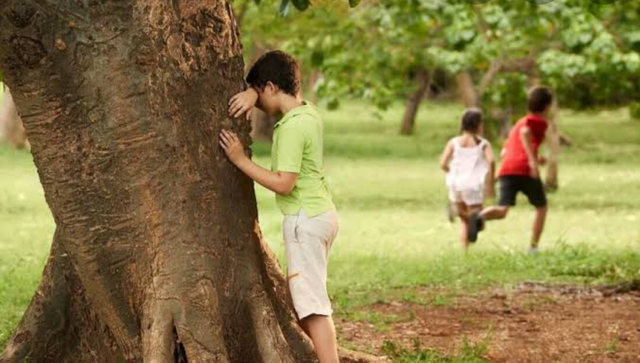
Pic source-
https://images.app.goo.gl/zh8LesUTKd4bsXGGA
The origin of this game is unknown. It is commonly played all over the world under different names. The players hide in a previously decided marked area. The ‘denner’ has to shut his eyes and announce numbers loudly while the other players get time to hide. Then, the denner has to find the hidden players. Any number of people can play this game.
➡️ Kancha or Marbles
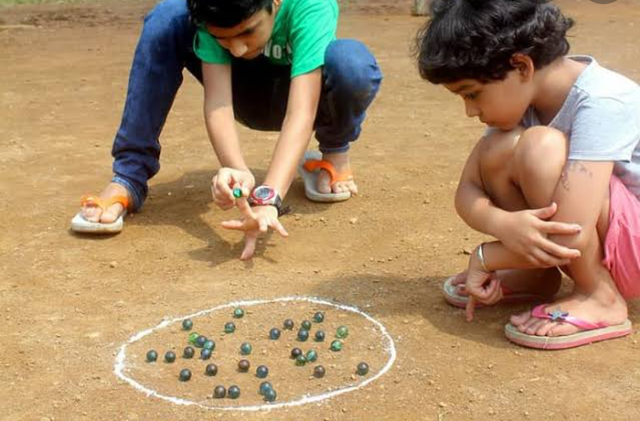
Pic source - https://images.app.goo.gl/MbW6ex34oyFiYn167
This is still a popular game among kids in rural areas. The game is played with round glass marbles and the motive is to collect as many marbles as possible by shooting and striking other marbles with the ones you have.
➡️ Langdi
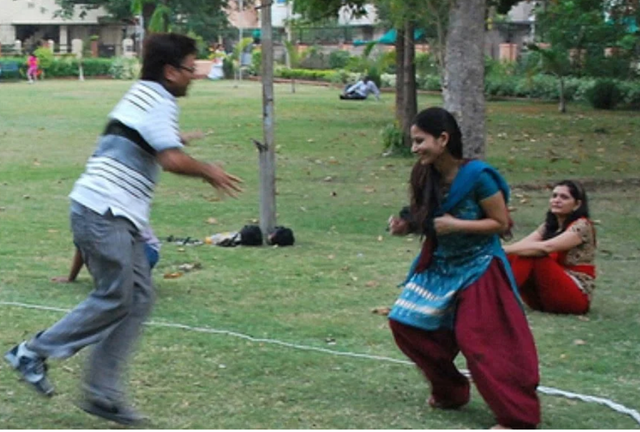
Pic source-https://images.app.goo.gl/jC2A6k6SRcyu6kSAA
Langdi is a popular childhood game, especially in the state of Maharashtra. The game consists of two teams, and the team that wins the toss defends first. The opposing team sends a player to tag as many defenders as he can, while hopping on one foot.
In this all game some games we play in national level like pro kabbadi, Kho-kho etc
Thank you all of you